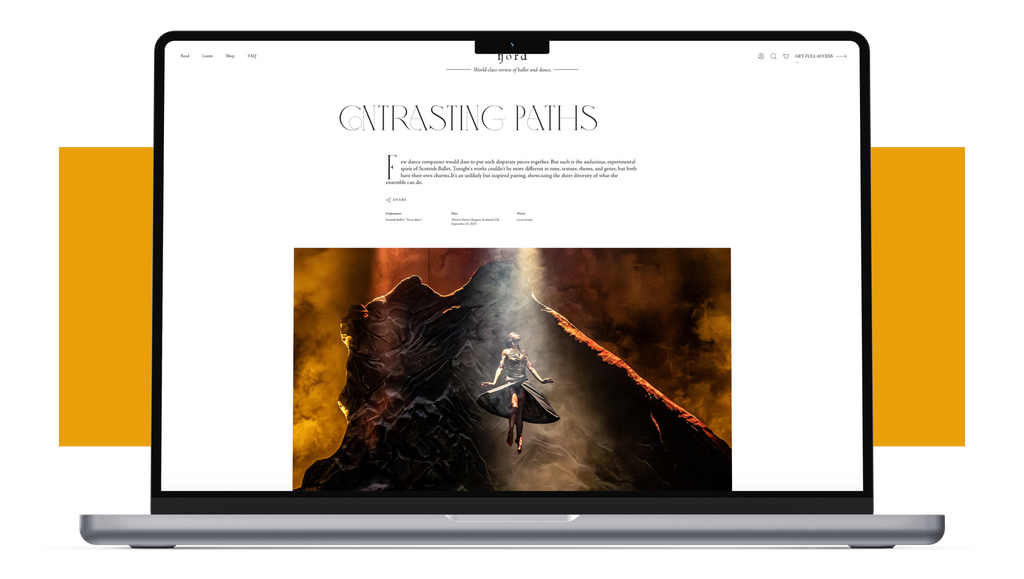A Grand Evening
It was a lovefest at the David H. Koch Theater last Thursday for the Youth America Grand Prix's 25th Anniversary Gala performance. As galas go, the night was awash in pageantry.
Plus
World-class review of ballet and dance.
Despite the fact that dance and music are often regarded as inextricably linked, it remains astonishing to experience the work of a choreographer who channels the score particularly well—or a group of dancers who embody it especially organically. Repertory Dance Theatre’s 58th season closer, “Gamut,” happened to have both.
Performance
Place
Words



“Uncommonly intelligent, substantial coverage.”
Already a paid subscriber? Login

It was a lovefest at the David H. Koch Theater last Thursday for the Youth America Grand Prix's 25th Anniversary Gala performance. As galas go, the night was awash in pageantry.
PlusAccording to artistic director Peter Boal’s welcome letter for Pacific Northwest Ballet’s fifth season program, the most popular mixed rep slates at PNB feature works by Crystal Pite or Twyla Tharp.
PlusLassoing is a surprising through-line for a Martha Graham Dance Company performance. The theme steps generally tend towards the child-birthing variety: contractions and deep squats.
PlusAs a dance viewer, it’s easy to get swept up in the grand movements in a piece, glossing over the finer details.
Plus
comments